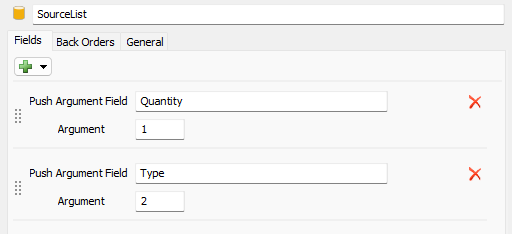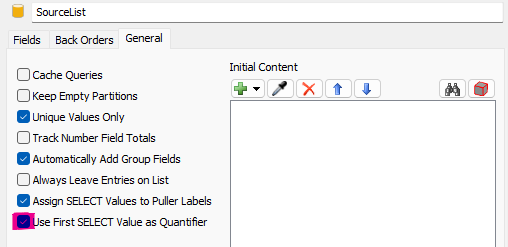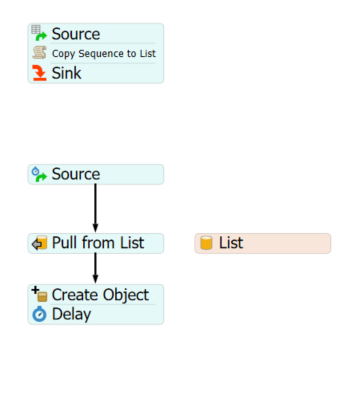Hello all!
I was wondering if it was possible to have a source pull randomly from either an arrival table or schedule. I made a toned down model example to kind of explain this question better.
The Arrival Sequence it has now would be like a daily forecast of what is needed to be made. Essentially I want to have it to where I have a production forecast for a prolonged time (a month, a year, etc., so a lot more numbers in the table) and somehow the Source pulls items randomly. So lets say the whole forecast needed for production/assembly was 50 for each type of product, but they want to produce/process a constant number of products a day in total, and so on until the whole forecasted demand was met. I was thinking of maybe using a global table and having a discrete probability for the items, but I'm not too sure how to create the logic for the source. I can clarify more if needed but any help will be appreciated. Thank you!




